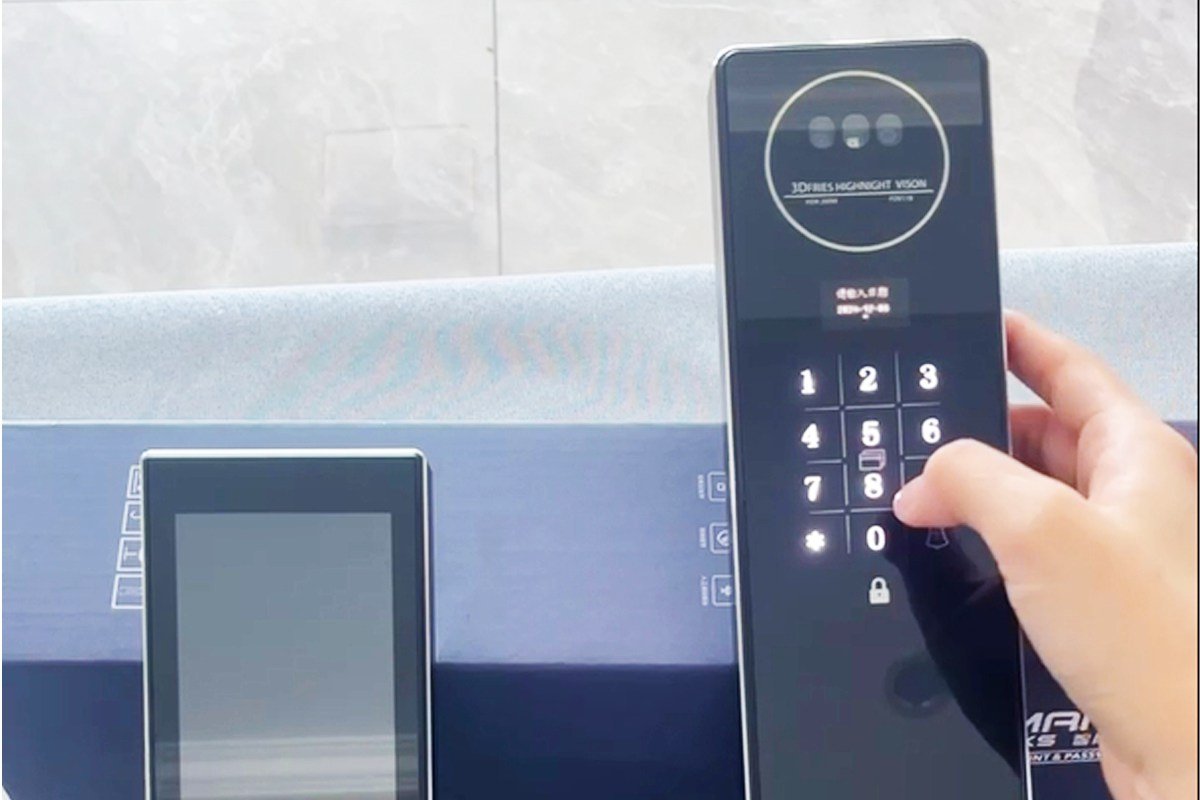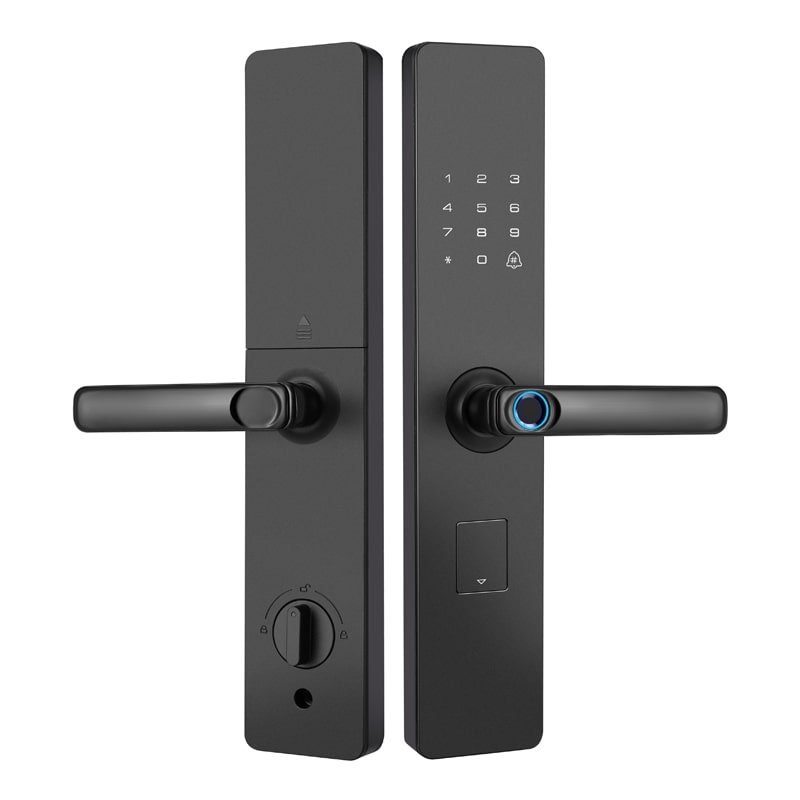Real-world applications are transforming how we solve problems and create opportunities. They connect classroom knowledge to practical solutions, making learning more meaningful and impactful. From education to healthcare, these tools are driving innovation and improving lives.
What Are Real-World Applications?
These tools use knowledge and skills to solve real-life problems. They bridge the gap between theory and practice. For example, students learn math not just for exams but to analyze data in business. Professionals use technology to improve healthcare or streamline transportation.
These tools are essential in today’s fast-changing world. They help us stay relevant and address complex challenges.
Benefits of Practical Solutions
Real-world tools offer many advantages:
- Relevance: They make learning meaningful by showing how knowledge applies to real-life situations.
- Engagement: Students and professionals stay motivated when they see the impact of their work.
- Problem-Solving: They teach critical thinking and creativity to tackle complex issues.
- Skill Development: They build teamwork, communication, and adaptability—skills needed in any career.
- Innovation: They drive new ideas and solutions across industries.
Examples of Practical Implementations
- Healthcare: Electronic health records (EHRs) improve patient care by organizing medical data. Wearable devices help people monitor their health in real-time.
- Education: Online platforms like Coursera make learning accessible worldwide. Virtual reality (VR) creates immersive lessons for students.
- Transportation: Ride-sharing apps like Uber optimize travel. Electric and self-driving cars reduce pollution and improve safety.
- Finance: Mobile banking apps simplify transactions. Blockchain technology ensures secure and transparent record-keeping.
Real-Life Impact
Many people benefit from these tools. Sarah, a teacher, says, “Using VR in my classroom has made learning more exciting for my students.”
Businesses also see results. A tech company used data analytics to improve its products, leading to higher customer satisfaction.
Challenges of Practical Solutions
While powerful, these tools come with challenges:
- Relevance: Keeping examples up-to-date in a fast-changing world.
- Complexity: Real-world problems can be overwhelming without proper guidance.
- Resources: Implementing these tools may require extra time and equipment.
- Assessment: Traditional tests may not measure the skills gained through real-world learning.
Strategies for Success
To implement these tools effectively:
- Project-Based Learning: Let students work on real-life projects to apply their knowledge.
- Collaboration: Encourage teamwork to solve problems together.
- Industry Partnerships: Bring in experts to share real-world insights.
- Field Trips: Take students to workplaces to see theory in action.
- Technology: Use tools like VR and simulations to create immersive learning experiences.
The Future of Practical Tools
As technology advances, these tools will grow even more powerful. Artificial intelligence (AI) and data analytics will help solve complex problems faster. These innovations will make learning and working more efficient and impactful.
Conclusion
Real-world tools are essential for modern education and industry. They connect theory to practice, making learning relevant and inspiring. Explore these tools today and transform your learning or business. Embrace the power of practical solutions to create a better future.









